Italian Ciabatta [Ciabatta Italiana]
Print Recipe
Italian Ciabatta is a rustic, crusty bread known for its slipper shape and airy, open crumb, traditionally made with a starter called Biga.
5 from 2 votes
Course: Bread
Cuisine: Italian
Prep: 30 minutes mins
Cook: 50 minutes mins
Rest: 10 hours hrs
Total: 11 hours hrs 20 minutes mins
Equipments
Ingredients
The Biga
- 1/8 tsp. active dry yeast
- 30 ml warm water For yeast activation, 100-105°F is ideal.
- 125 g bread flour
- 80 ml water at room temperature
The Ciabata
- 1/2 tsp. active dry yeast
- 30 ml warm oat milk For yeast activation, 100-105°F is ideal.
- 250 g bread flour
- 9 g sea salt
- 165 ml water
- 1 Tbsp. extra virgin olive oil
2 loaves
Cook Mode
To prevent your phone from sleeping (screen turning off)
Instructions
The Biga
- Make your starter the night before you plan to bake the bread or in the morning for the evening during the same day. Start by mixing the 1/8 tsp. active dry yeast with 30 ml warm water (around 100-105°F) and let it sit for a 10 minutes.
- In a medium mixing bowl with a wooden spoon, stir together the yeast mixture, 125 g bread flour and 80 ml water until combined.
- Cover with plastic wrap and let sit at room temperature for a minimum of 8 hours up to 24 hours.
- The Biga should be risen in size once you are ready to continue the Ciabatta.
The Ciabatta
- In a mixing bowl, combine the 1/2 tsp. active dry yeast and the 30 ml warm oat milk (around 100-105°F) is ideal). Let it sit for a 10 minutes until creamy.
- Add the Biga from earlier, 1 Tbsp. extra virgin olive oil, 250 g bread flour, 9 g sea salt and 165 ml water. Mix with a wooden spoon for about 10 minutes until everything is well incorporated.
The First Rise
- Prepare a large bowl lightly oiled with a bit of extra virgin olive oil. Transfer the dough to the bowl and cover with a plastic wrap.
- Allow it to rise until doubled in size, about 1-2 hours.
The Loaves
- Since Ciabatta is a wet dough, to handle it without sticking, wet or oil hands and ensuring that the working surface is adequately oiled. Gently turn the risen dough out onto the oiled surface. Avoid excessive handling to maintain as much of the air in the dough as possible. With your fingers, gently stretch the dough into a rectangle, around 1 to 1.5 inches thick. Use minimal pressure to avoid deflating the dough too much.
- Cut it in half and shape each piece into a long loaf by stretching from the middle outwards while gently pulling, then fold the ends in towards the center to form a tapered loaf shape.
- Transfer the loaves to a parchment-lined baking sheet. Optionally, flour your fingers and create dimples on top of the loaves. Sprinkle with additional flour.
The Second Rise
- Cover the loaves with a towel and Let them rise again until doubled in size, about 1-2 hours.
The Baking
- Preheat your oven to 425°F. To get a crusty loaf make sure to create some steam in the oven by placing an oven safe dish filled with water on the bottom as the oven heats up. Add more water if needed before baking the bread.
- Transfer the loaves to the preheated oven on the middle rack and bake for about 25 minutes, or until golden brown.
- Allow the loaves to cool inside the oven after baking with the oven door slightly open. Transfer to a wire rack. The loaves should cool completely for optimal texture before slicing.
The Serving
- Serve the Italian Ciabatta after slicing it with a serrated knife.Italian Ciabatta has a chewy crust and an airy interior, which makes it perfect for toasting and adding flavor as croutons for a Caesar salad. You can also eat it with olive oil or make sandwiches out of it. It also pairs well with various dips, spreads, or as an accompaniment to soups.
Nutrition
Serving: 1 loaf | Calories: 750 kcal (38%) | Carbohydrates: 137 g (46%) | Protein: 23 g (46%) | Fat: 10 g (15%) | Sodium: 1762 mg (77%) | Fiber: 4 g (17%) | Sugar: 1 g (1%)
Elasdenis.com is written and produced for informational purposes only. While I do my best to provide nutritional information as a general guideline to our readers, I am not a certified nutritionists, and the values provided should be considered estimates. Factors such as brands purchased, natural variations in fresh ingredients, etc. will change the nutritional information in any recipe. Various online calculators also provide different results, depending on their sources. To obtain accurate nutritional information for a recipe, use your preferred nutrition calculator to determine nutritional information with the actual ingredients and quantities used.

![Cocoa Cupcakes [Cupcakes au cacao]](https://elasdenis.com/wp-content/uploads/2025/07/Cocoa-Cupcakes-Cupcakes-au-cacao-400x301.jpg)
![Baker's One-Bowl Brownies [Brownies en un bol de Baker]](https://elasdenis.com/wp-content/uploads/2025/07/Bakers-One-Bowl-Brownies-Brownies-en-un-bol-de-Baker-1-400x301.jpg)
![Baker's Chocolate Chunk Cookies [Biscuits aux chocolat de Baker]](https://elasdenis.com/wp-content/uploads/2025/07/Bakers-Chocolate-Chunk-Cookies-Biscuits-aux-chocolat-de-Baker-1-400x301.jpg)
![Blueberry Crisp [Croustillant aux bleuets]](https://elasdenis.com/wp-content/uploads/2025/06/Blueberry-Crisp-Croustillant-aux-bleuets-1-400x301.jpg)
![Mom's Banana Bread [Мамино банановый хлеб]](https://elasdenis.com/wp-content/uploads/2025/06/Moms-Banana-Bread-Мамино-банановый-хлеб-1-400x301.jpg)
![Japanese Cheesecake [スフレチーズケーキ]](https://elasdenis.com/wp-content/uploads/2025/06/Japanese-Cheesecake-スフレチーズケーキ-1-400x301.jpg)
![Russian Buckwheat Kasha [Русская гречневая каша]](https://elasdenis.com/wp-content/uploads/2025/06/Russian-Buckwheat-Kasha-Русская-гречневая-каша-14-400x301.jpg)
![Quebecois Maple Pudding [Pouding Chômeur]](https://elasdenis.com/wp-content/uploads/2025/06/Quebecois-Maple-Pudding-Pouding-Chomeur-1-400x301.jpg)
![Fruit Cobbler [Cobbler aux fruits]](https://elasdenis.com/wp-content/uploads/2025/06/Fruit-Cobbler-Cobbler-aux-fruits-1-400x303.jpg)
![Mom's Oat Cookies [Мамино овсяное печенье]](https://elasdenis.com/wp-content/uploads/2025/06/Moms-Oat-Cookies-Мамино-овсяное-печенье-v4-400x301.jpg)
![Albanian Baked Chicken and Rice [Tavë me Pulë e Oriz]](https://elasdenis.com/wp-content/uploads/2025/06/Albanian-Baked-Chicken-and-Rice-Tave-me-Pule-e-Oriz-1-400x301.jpg)
![Mom's Syrniki [Мамины сырники]](https://elasdenis.com/wp-content/uploads/2025/06/Moms-Syrniki-Мамины-сырники-400x299.jpg)
![Italian Ciabatta [Ciabatta Italiana]](https://elasdenis.com/wp-content/uploads/2025/03/Italian-Ciabatta-Ciabatta-Italiana-18-scaled.jpg)

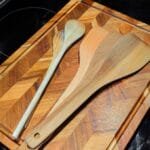

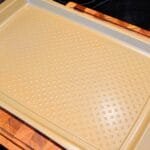

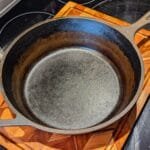
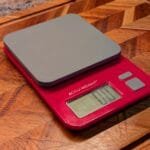





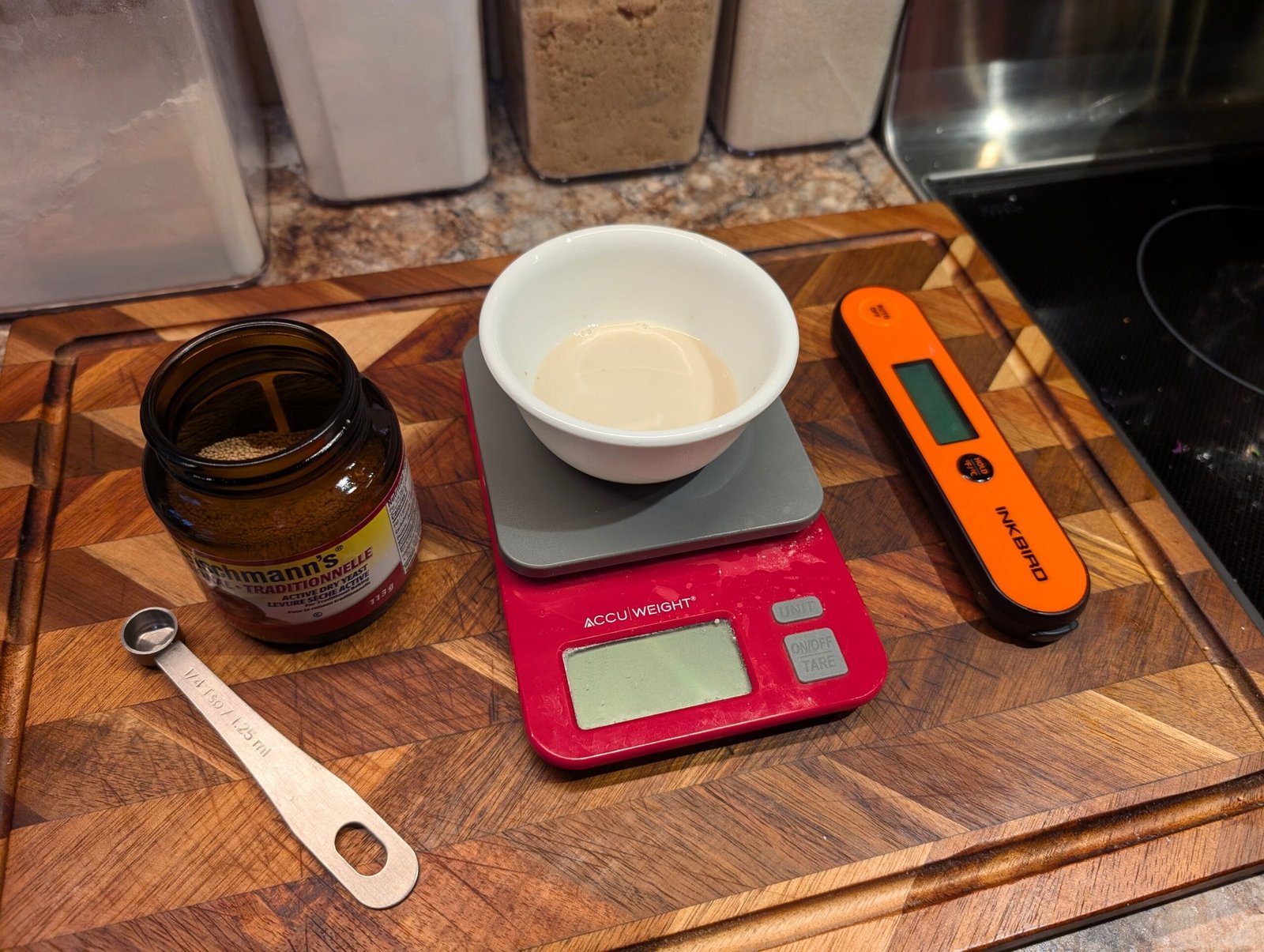







![Italian Ciabatta [Ciabatta Italiana]](https://elasdenis.com/wp-content/uploads/2025/03/Italian-Ciabatta-Ciabatta-Italiana-15-scaled.jpg)
![Italian Ciabatta [Ciabatta Italiana]](https://elasdenis.com/wp-content/uploads/2025/03/Italian-Ciabatta-Ciabatta-Italiana-16-scaled.jpg)
![Italian Ciabatta [Ciabatta Italiana]](https://elasdenis.com/wp-content/uploads/2025/03/Italian-Ciabatta-Ciabatta-Italiana-17-scaled.jpg)
2 Responses
Love this one. My wife and I invited her family and everyone loved it at dinner! I personally served it with garlic butter, but I bet it’d be great with anything.
Thanks Taylor! ❤